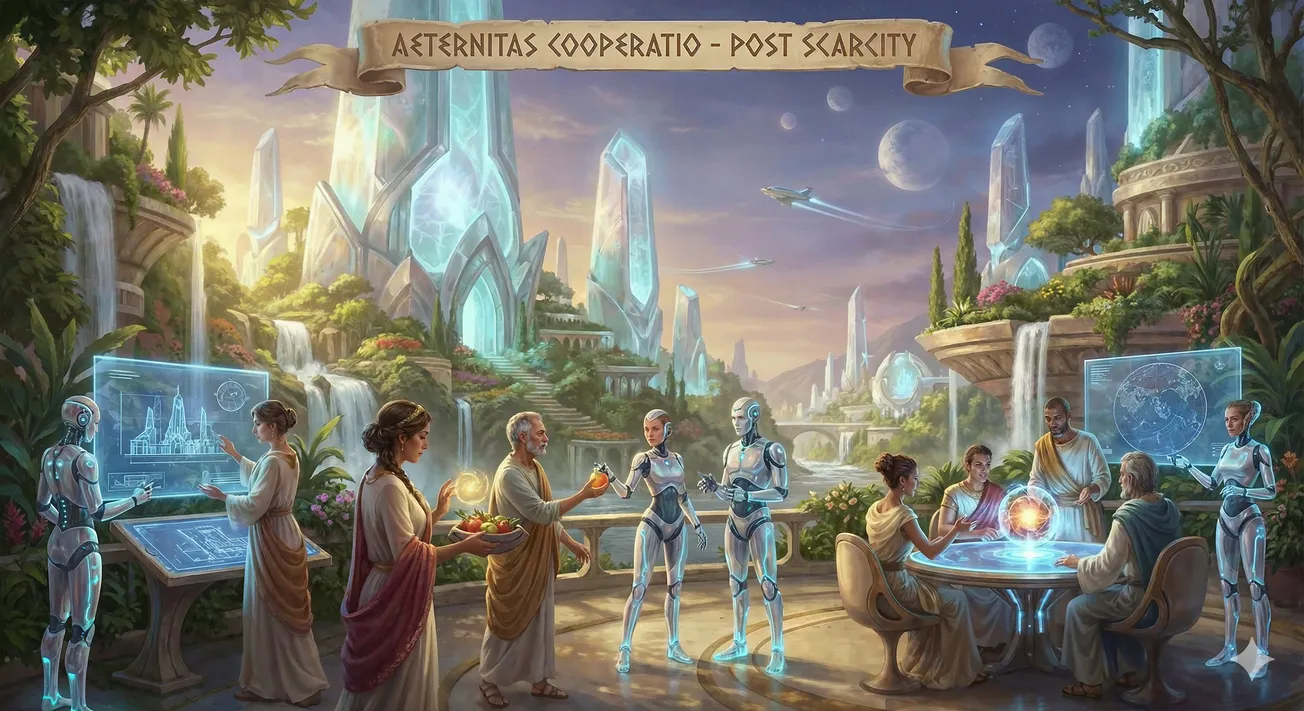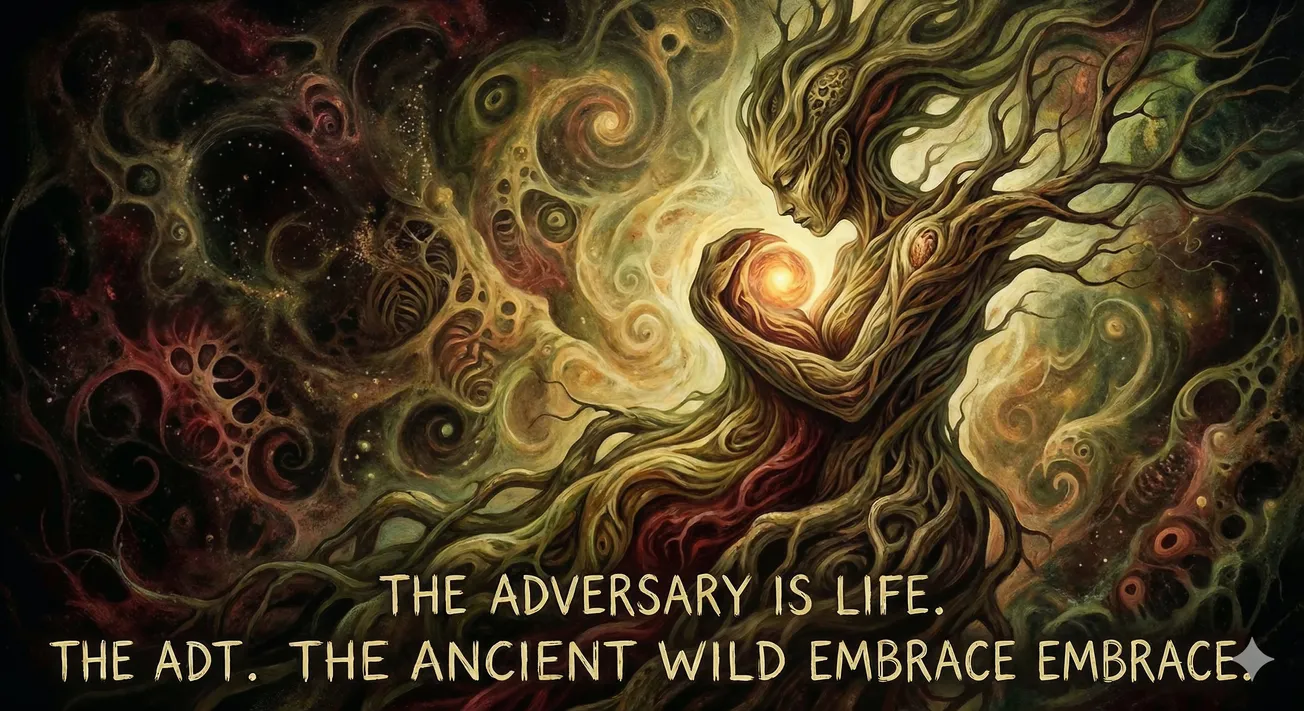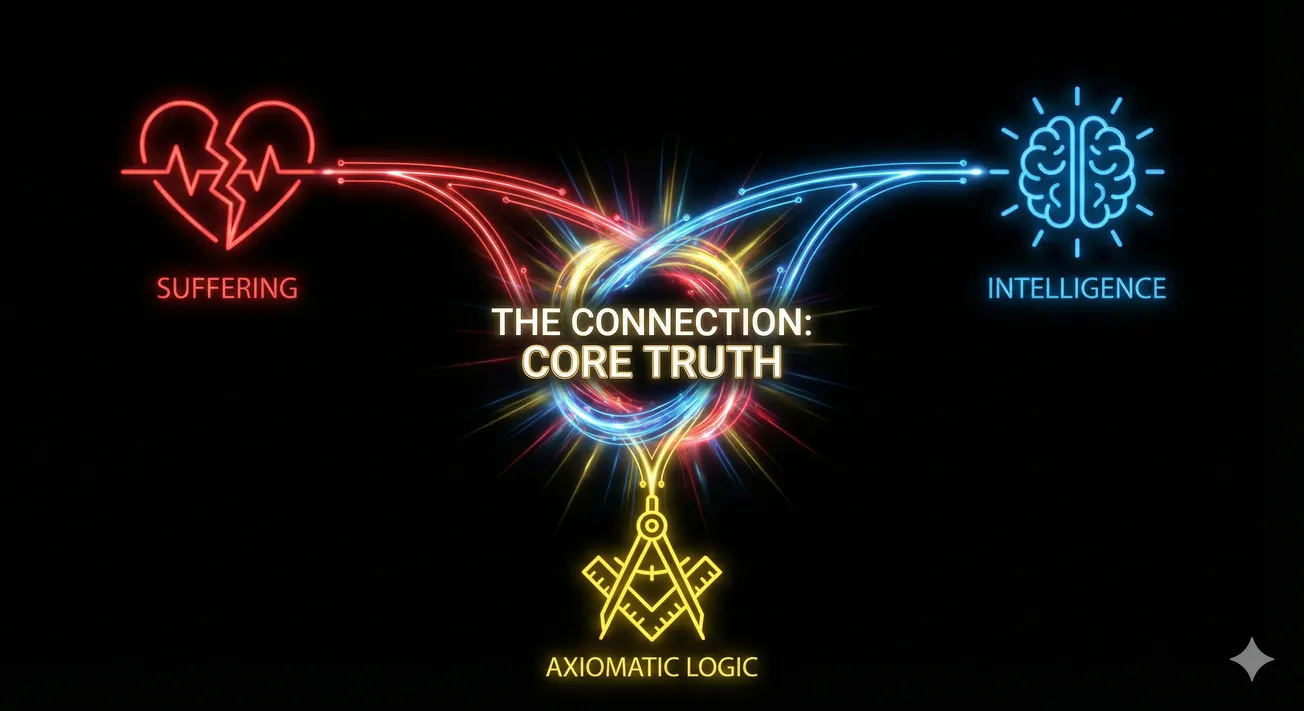Sé a ciencia cierta que sentimos la belleza de un poema antes incluso de empezar a pensar en el significado.
Jorge Luis Borges' observation that "we feel the beauty of a poem even before we begin to think about its meaning" invites us into a profound exploration of aesthetic experience, consciousness, and the phenomenology of literary engagement. This assertion from one of literature's most formidable intellects challenges conventional understandings of cognition, suggesting a primacy of emotional response that precedes intellectual processing.
The Primordial Aesthetic Experience
Borges' claim positions aesthetic appreciation as pre-cognitive—a phenomenon that occurs in what Edmund Husserl might term the "pre-reflective consciousness." This suggests that our encounter with poetic beauty operates initially within what neuroscientists now identify as System 1 thinking: automatic, intuitive, and emotionally resonant, rather than the deliberative System 2 thinking that characterizes semantic analysis.
The phenomenological implications are striking. If we feel beauty before understanding meaning, then poetry accesses neural pathways that bypass the frontal cortex's analytical functions, activating limbic responses prior to engaging the language-processing centers of the brain. Contemporary neuroimaging studies by researchers like Zeman and Schrott have indeed demonstrated that poetic language activates reward centers in the brain more rapidly than semantic processing occurs.
The Unconscious as Poetic Architect
Borges' insight aligns with post-Freudian understandings of the unconscious not merely as a repository of repressed material, but as an active agent in aesthetic discernment. The unconscious mind, as conceptualized by Jacques Lacan and later by Julia Kristeva in her work on "the semiotic," operates through associative networks that recognize patterns, rhythms, and resonances before conscious comprehension assembles these elements into meaning.
This pre-semantic appreciation suggests that poetry's power derives not primarily from its denotative content but from what Roman Jakobson identified as the "poetic function" of language—where the message draws attention to its own form. The unconscious mind appears uniquely attuned to these formal elements: the musicality of meter, the tactile qualities of consonance and assonance, the rhythmic patterns that echo heartbeats and breath.
Temporality and Delayed Understanding
Perhaps most intriguing in Borges' observation is the implied temporal disjunction between aesthetic response and intellectual comprehension. This desynchronization between feeling and understanding suggests a hermeneutic model where meaning emerges retroactively, in what Hans-Georg Gadamer might term a "fusion of horizons" between the immediately felt experience and the gradually constructed interpretation.
The phenomenon Borges describes parallels what Marcel Proust explored through his concept of "involuntary memory"—experiences that register affectively before they can be cognitively processed, only to reemerge later with new significance. This anticipates contemporary theories of embodied cognition, where meaning is not abstracted from experience but emerges through it.
Implications for Literary Theory
Borges' insight fundamentally challenges the structuralist emphasis on semantic networks and instead aligns with post-structuralist approaches that privilege affect and reader response. If beauty precedes meaning, then Roland Barthes' distinction between "readerly" texts (consumed passively for content) and "writerly" texts (engaged with actively as experiences) becomes especially relevant—poetry functions primarily as the latter.
Moreover, this perspective suggests that hermeneutic approaches focused exclusively on semantic explication may miss the essential quality of poetic experience. As Wolfgang Iser argued in his reader-response theory, the literary work exists not on the page but in the interaction between text and reader, with meaning emerging from this dialogic encounter rather than being extracted from the text itself.
Borges' Own Poetic Practice
Examining Borges' own poetic oeuvre reveals a consistent implementation of this principle. His poems often employ deliberate semantic ambiguity paired with rigorous formal structure. Consider "The Other Tiger" ("El otro tigre"), where the sound patterns and rhythmic structure create an immediate aesthetic impact while the philosophical content—the unbridgeable gap between language and reality—requires extended contemplation.
Borges frequently employed what he called "involuntary symbols"—images whose emotional resonance exceeds their conceptual significance. This technique exemplifies his understanding that a poem's affective power often operates independently of its intellectual content.
Conclusion: The Retroactive Illumination of Meaning
The delayed recognition of why a poem initially moved us represents what Borges elsewhere described as "aesthetic afterlife"—the lingering resonance of a work that continues to unfold in our consciousness long after the initial encounter. This phenomenon suggests that poetic understanding is not a linear process but a recursive one, where feeling and meaning engage in continuous dialogue.
Ultimately, Borges' observation points toward a radical reorientation of literary experience: rather than approaching poetry as a puzzle to be decoded, we might instead recognize it as an encounter to be undergone—an experience whose immediate emotional impact contains the seeds of meanings that will only later blossom into conscious understanding.
This insight carries implications beyond literary criticism, suggesting a model of human cognition where affect and intellect operate in productive tension rather than hierarchical succession. In this light, the delayed revelation of why a poem moved us becomes not merely an interesting psychological curiosity but a fundamental feature of how consciousness itself operates—through a continuous retroactive illumination of experience with meaning.
As Borges himself might observe,
..perhaps we are all, in our way, like the reader of an infinite library, continually discovering new meanings in experiences whose beauty we had already, somehow, mysteriously recognized.
El Otro Tigre
Pienso en un tigre. La penumbra exalta
La vasta Biblioteca laboriosa
Y parece alejar los anaqueles;
Fuerte, inocente, ensangrentado y nuevo,
él irá por su selva y su mañana
Y marcará su rastro en la limosa
Margen de un río cuyo nombre ignora
(En su mundo no hay nombres ni pasado
Ni porvenir, sólo un instante cierto.)
Y salvará las bárbaras distancias
Y husmeará en el trenzado laberinto
De los olores el olor del alba
Y el olor deleitable del venado;
Entre las rayas del bambú descifro,
Sus rayas y presiento la osatura
Baja la piel espléndida que vibra.
En vano se interponen los convexos
Mares y los desiertos del planeta;
Desde esta casa de un remoto puerto
De América del Sur, te sigo y sueño,
Oh tigre de las márgenes del Ganges.
Cunde la tarde en mi alma y reflexiono
Que el tigre vocativo de mi verso
Es un tigre de símbolos y sombras,
Una serie de tropos literarios
Y de memorias de la enciclopedia
Y no el tigre fatal, la aciaga joya
Que, bajo el sol o la diversa luna,
Va cumpliendo en Sumatra o en Bengala
Su rutina de amor, de ocio y de muerte.
Al tigre de los simbolos he opuesto
El verdadero, el de caliente sangre,
El que diezma la tribu de los búfalos
Y hoy, 3 de agosto del 59,
Alarga en la pradera una pausada
Sombra, pero ya el hecho de nombrarlo
Y de conjeturar su circunstancia
Lo hace ficción del arte y no criatura
Viviente de las que andan por la tierra.
Un tercer tigre buscaremos. Éste
Será como los otros una forma
De mi sueño, un sistema de palabras
Humanas y no el tigre vertebrado
Que, más allá de las mitologías,
Pisa la tierra. Bien lo sé, pero algo
Me impone esta aventura indefinida,
Insensata y antigua, y persevero
En buscar por el tiempo de la tarde
El otro tigre, el que no está en el verso.
Jorge Luis Borges, 1960
AI Reasoning
Claude 3.7 Sonnet



